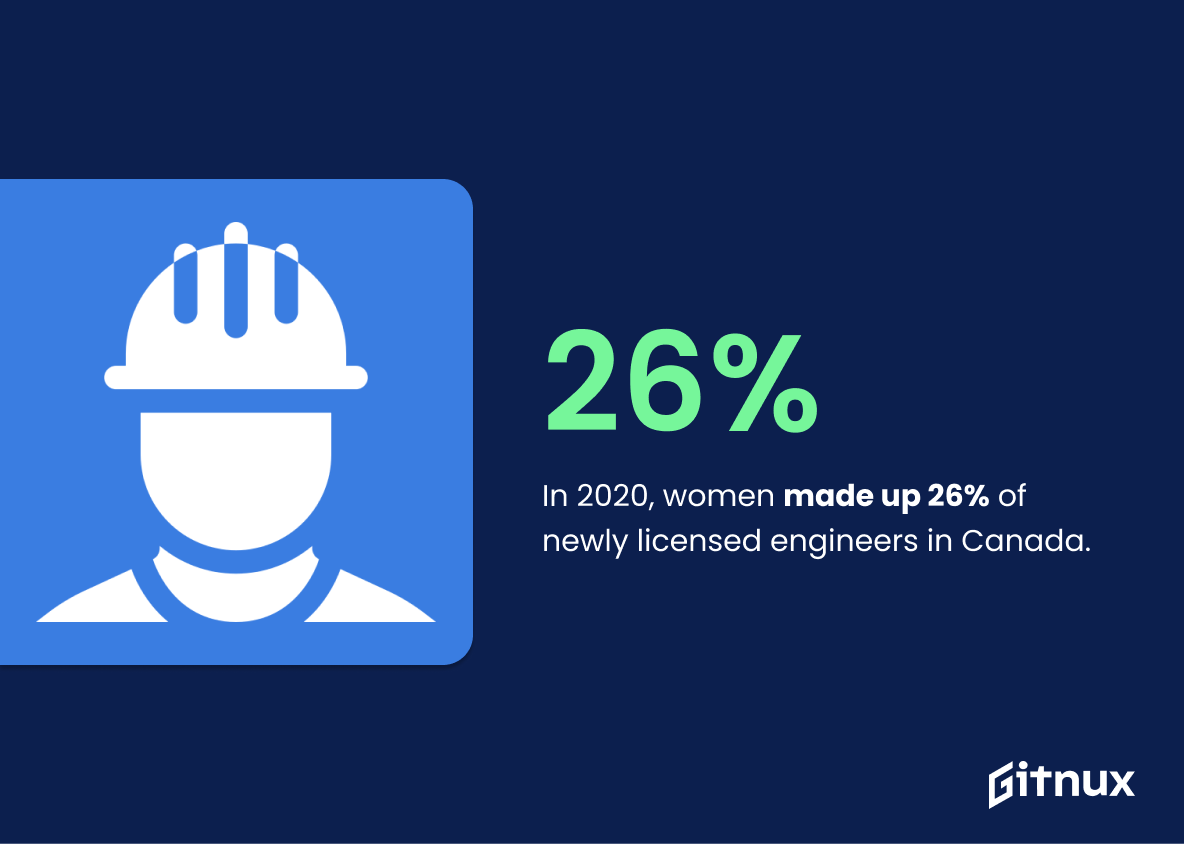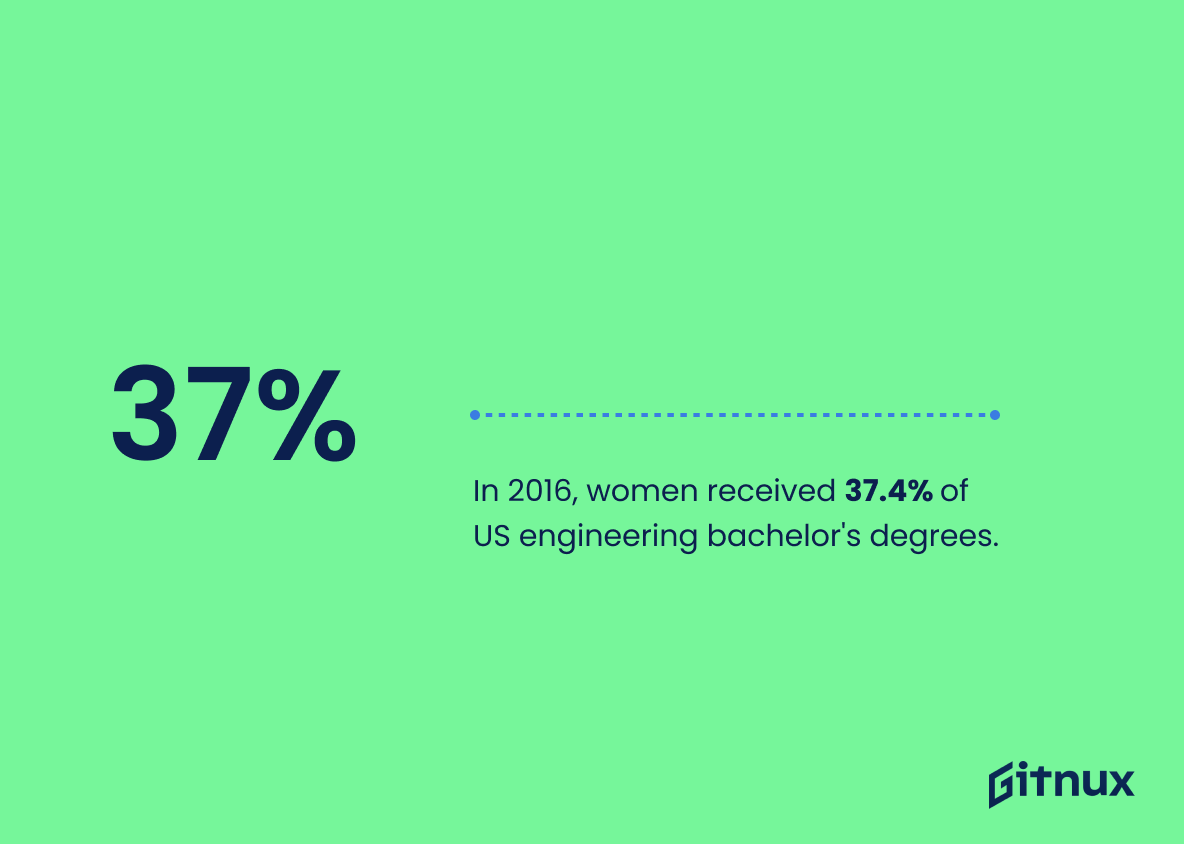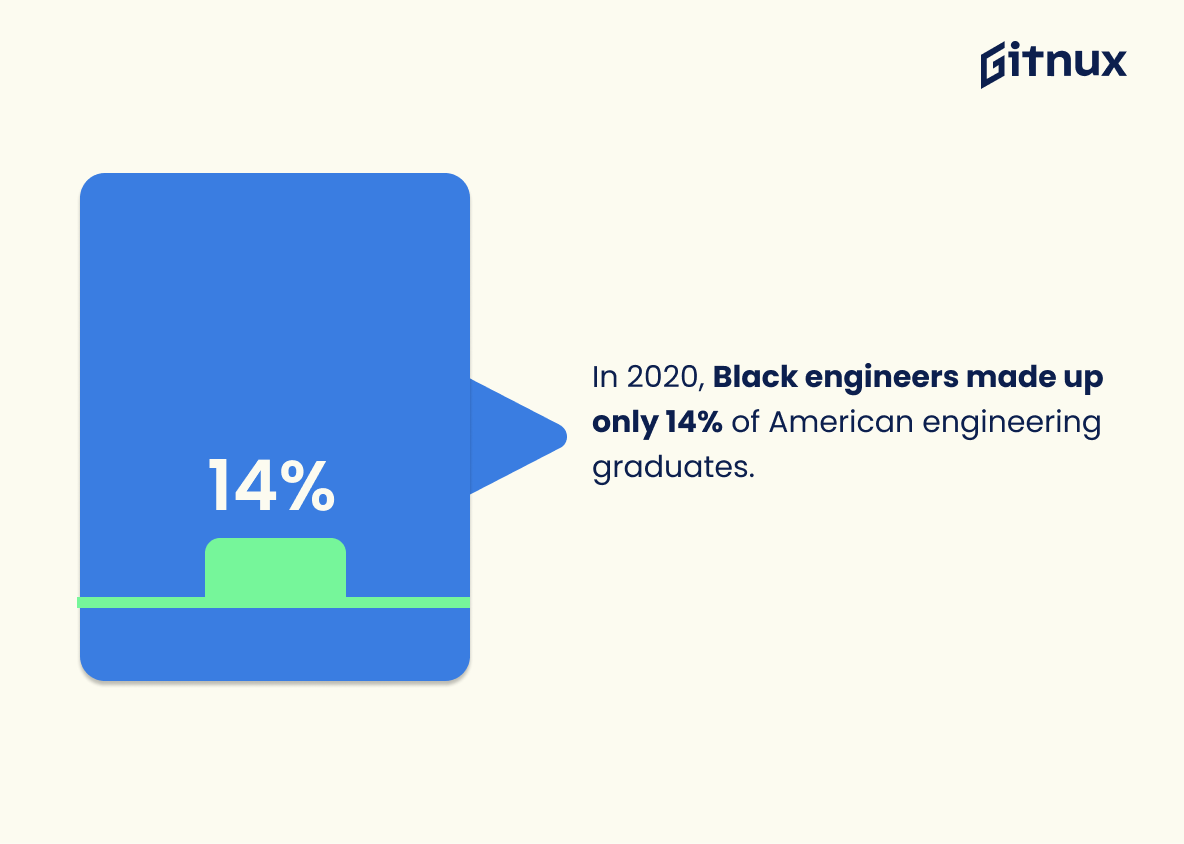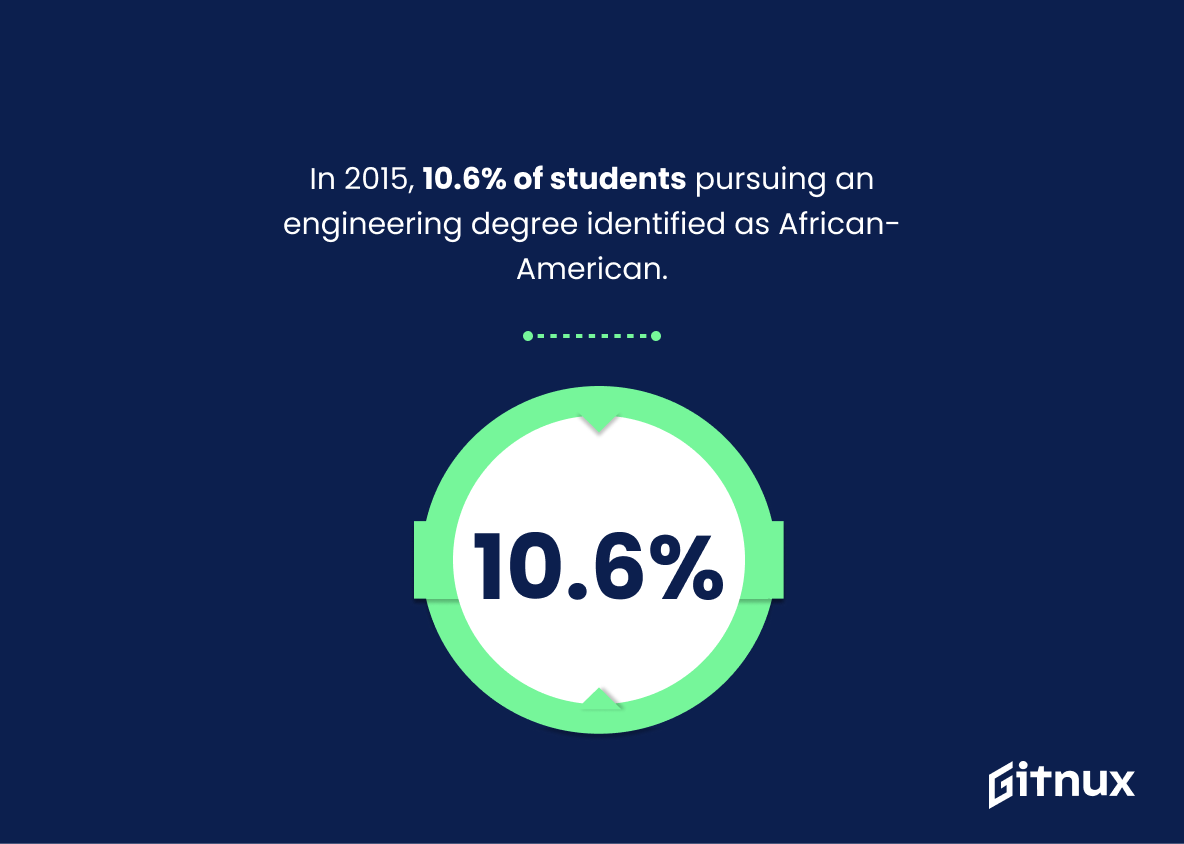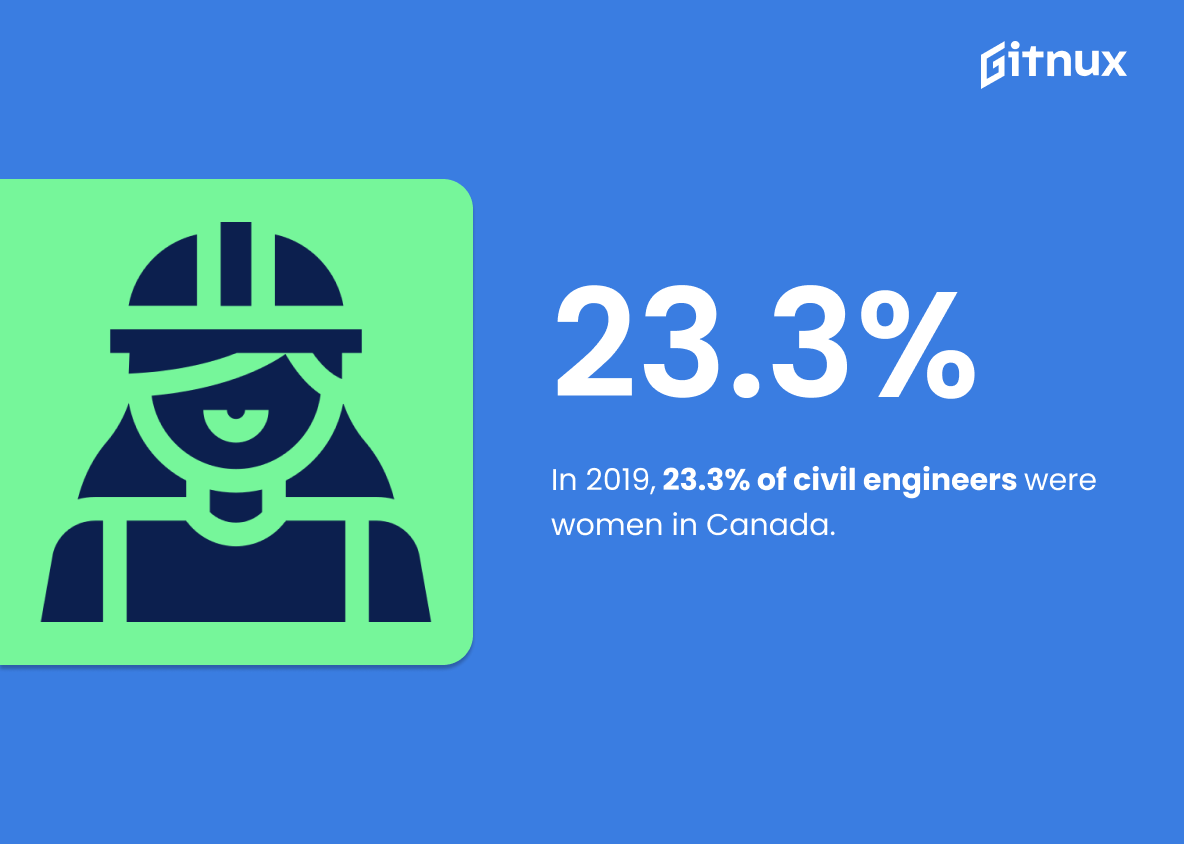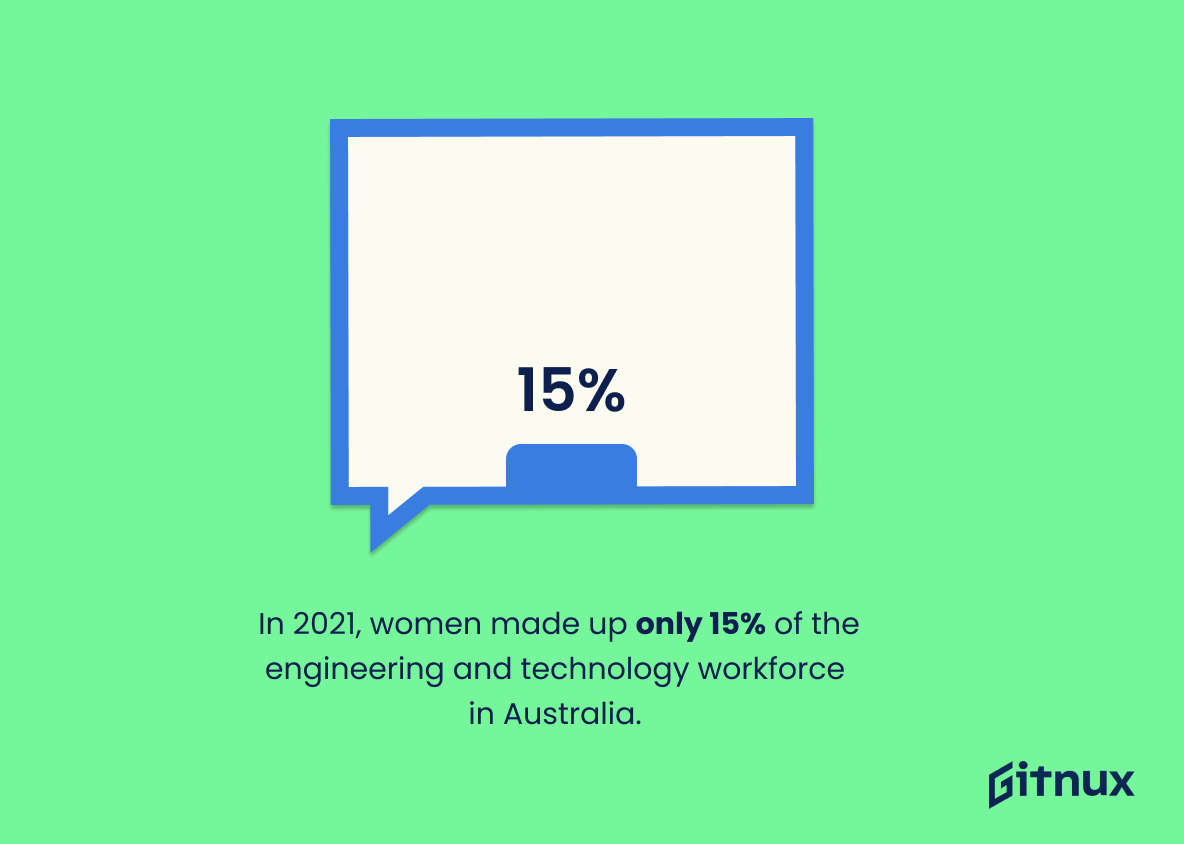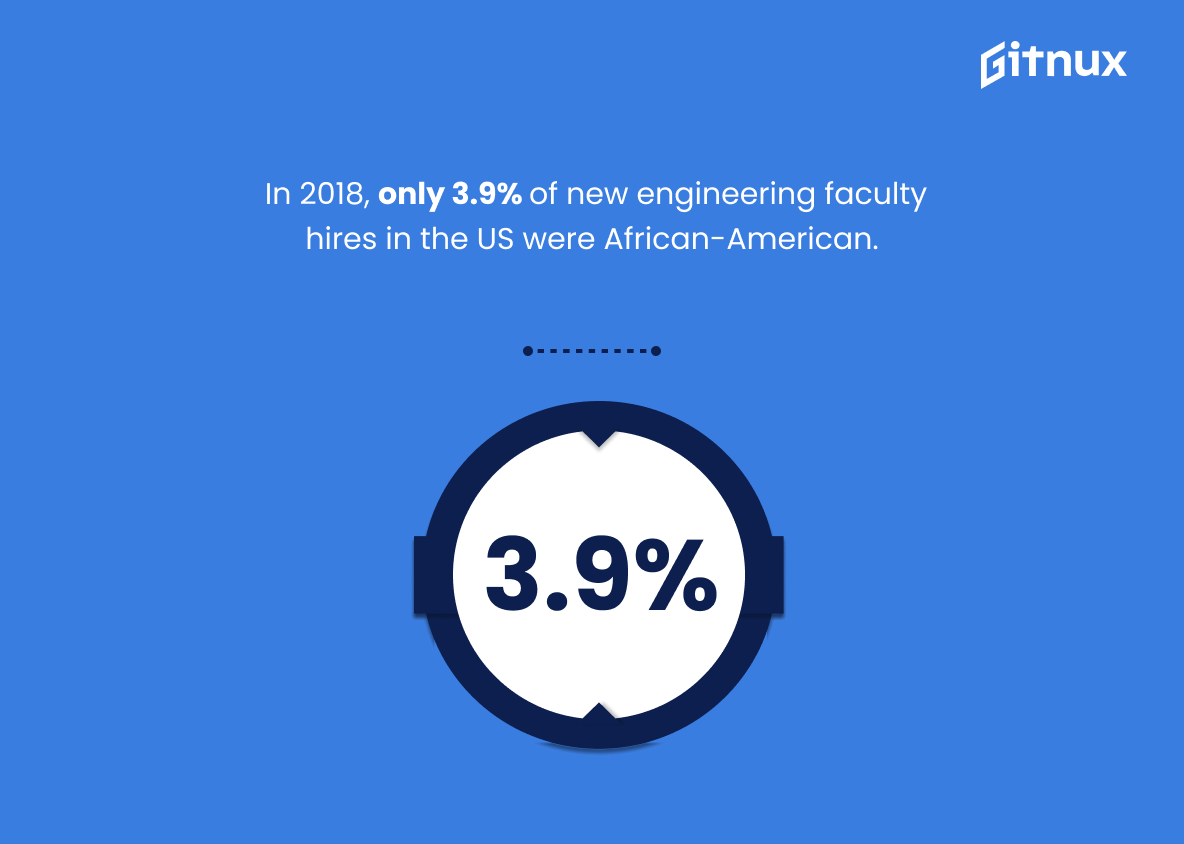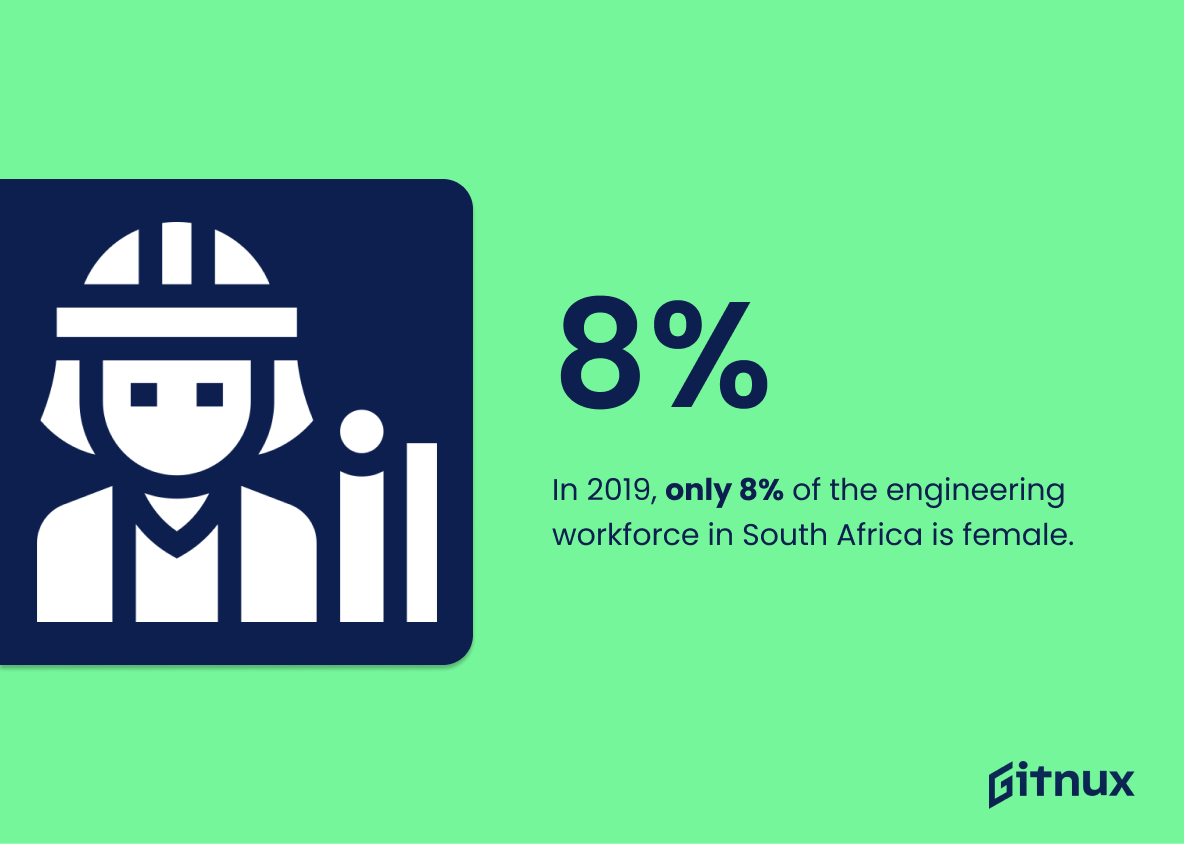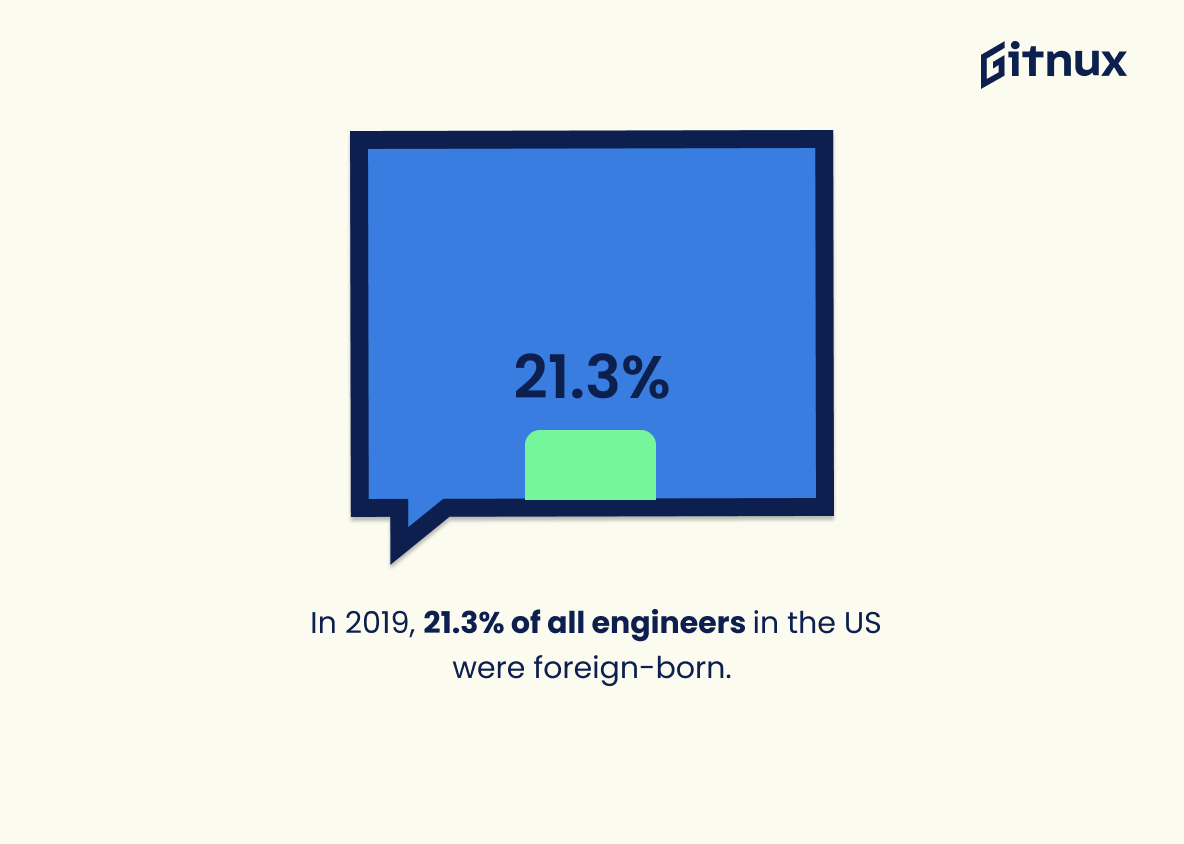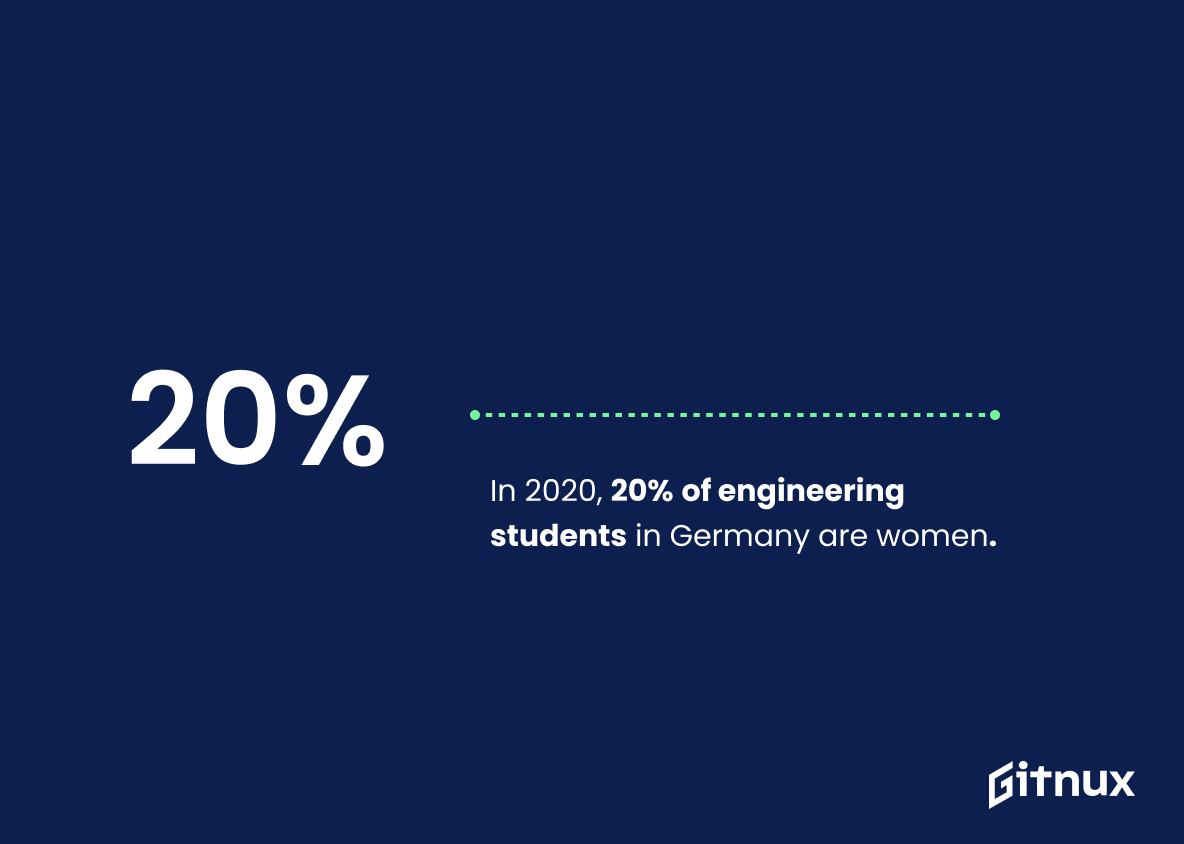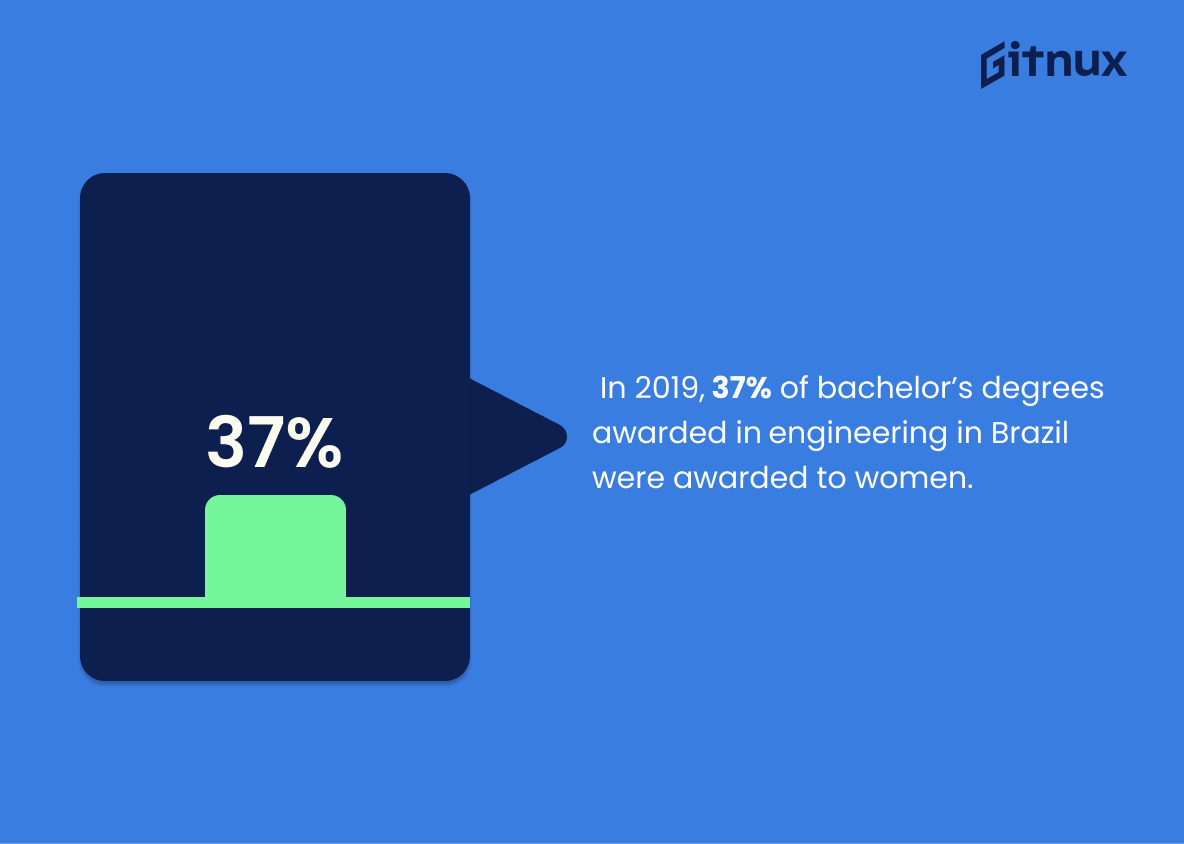Diversity in engineering is an important issue that affects the industry worldwide. Despite efforts to increase diversity, statistics show that there are still significant disparities between genders and ethnicities when it comes to representation in engineering fields. This blog post will explore some of these statistics from around the world, including data on women engineers, underrepresented minorities, foreign-born engineers and more. We hope this information can help inform conversations about how we can continue working towards greater inclusion within the field of engineering.
Diversity In Engineering Statistics Overview
In 2020, women made up 26% of newly licensed engineers in Canada.
This statistic is a powerful reminder of the progress that has been made in the engineering field towards greater diversity. It shows that, despite the challenges that women have faced in the past, they are now being given the opportunity to pursue a career in engineering and make a meaningful contribution to the industry. This statistic is a testament to the importance of creating an inclusive environment in engineering, and it serves as an inspiration to those who are striving to make a difference in the field.
Only 4.1% of professionally registered engineers in the UK are women.
This statistic is a stark reminder of the gender disparity that exists in the engineering profession in the UK. It highlights the need for greater efforts to be made to ensure that women are given equal opportunities to pursue a career in engineering and to be represented in the profession. It also serves as a reminder of the importance of promoting diversity in engineering, as it is essential for the industry to benefit from the unique perspectives and skills that women bring to the table.
In 2016, 37.4% of bachelor’s degrees awarded to US engineering students were to women.
This statistic is a powerful indicator of the progress being made towards greater diversity in engineering. It shows that the number of women receiving engineering degrees is steadily increasing, and that the engineering field is becoming more inclusive. This is an important step towards creating a more equitable and diverse engineering workforce, and it is encouraging to see that the number of women receiving engineering degrees is growing. This statistic is a testament to the hard work and dedication of those who are striving to make engineering a more diverse and inclusive field.
In 2020, Black engineers made up only 14% of American engineering graduates.
This statistic is a stark reminder of the lack of diversity in the engineering field. It highlights the need for more equitable representation of Black engineers in the industry, and the importance of creating an environment that is welcoming and supportive of all backgrounds. It also serves as a call to action for organizations to take steps to increase diversity in engineering, such as providing mentorship and training opportunities for Black engineers, and creating a more inclusive workplace culture.
In 2015, 10.6% of students pursuing an engineering degree identified as African-American.
This statistic is a powerful indicator of the progress being made towards achieving diversity in engineering. It shows that African-American students are increasingly pursuing engineering degrees, which is a positive sign for the future of the engineering field. This statistic is a reminder that diversity in engineering is possible and that it is important to continue to strive for greater representation of all backgrounds in the engineering field.
In 2019, 23.3% of civil engineers were women in Canada.
This statistic is a powerful reminder of the progress that has been made in the engineering field towards achieving gender diversity. It shows that the efforts to create a more inclusive engineering industry are paying off, and that more and more women are entering the field and succeeding. This statistic is a testament to the importance of continuing to strive for greater diversity in engineering, and serves as an inspiration to those who are looking to make a difference in the industry.
In 2021, women made up only 15% of the engineering and technology workforce in Australia.
This statistic is a stark reminder of the gender disparity that exists in the engineering and technology workforce in Australia. It highlights the need for greater efforts to be made to ensure that women are given equal opportunities to pursue careers in these fields. It also serves as a reminder that there is still a long way to go in terms of achieving true diversity in engineering and technology.
In 2019, 19% of bachelor’s degrees awarded in engineering in the United States were given to women.
This statistic is a powerful indicator of the progress being made towards gender parity in engineering. It shows that, despite the long-standing gender gap in the field, women are making strides in the engineering world and are increasingly being recognized for their achievements. This statistic is a testament to the hard work and dedication of female engineers, and serves as an inspiration to those who are striving to make a difference in the engineering industry. It is also a reminder that there is still much work to be done in order to ensure that all genders are equally represented in the field.
In 2021, 35% of mechanical engineering students in the UK were women.
This statistic is a powerful reminder of the progress that has been made in promoting diversity in engineering. It shows that the UK is making strides towards a more equitable engineering field, where women are increasingly represented in the field. This statistic is a testament to the hard work of those who have advocated for greater diversity in engineering, and it serves as an inspiration for those who are still striving for a more inclusive engineering field.
In 2018, only 3.9% of new engineering faculty hires in the US were African-American.
This statistic is a stark reminder of the lack of diversity in engineering faculty hires in the US. It highlights the need for more African-American representation in the field, as well as the need for more initiatives to increase diversity in engineering. This statistic is a call to action for universities, companies, and organizations to take steps to ensure that African-Americans are given the same opportunities as their peers in the engineering field.
In 2019, only 8% of the engineering workforce in South Africa is female.
This statistic is a stark reminder of the gender disparity that exists in the engineering workforce in South Africa. It highlights the need for greater efforts to be made to ensure that women are given equal opportunities to pursue a career in engineering. It also serves as a reminder that there is still a long way to go in terms of achieving true diversity in the engineering field. This statistic is an important one to consider when discussing diversity in engineering statistics, as it provides a clear indication of the current state of the industry.
In 2019, 21.3% of all engineers in the US were foreign-born.
This statistic is a powerful reminder of the importance of diversity in engineering. It highlights the fact that foreign-born engineers are making a significant contribution to the engineering industry in the US, and that their presence is essential for the continued growth and success of the sector. It also serves as a reminder that diversity in engineering is not only beneficial for the industry, but also for the individuals involved, as it allows for a greater range of perspectives and ideas to be brought to the table.
In 2020, 20% of engineering students in Germany are women.
This statistic is a powerful reminder of the progress that has been made in promoting diversity in engineering. It shows that the efforts to increase the representation of women in engineering are having a positive impact, and that more work needs to be done to ensure that all genders are equally represented in the field. This statistic is a testament to the importance of diversity in engineering, and serves as an inspiration to continue striving for a more equitable future.
In 2019, 37% of bachelor’s degrees awarded in engineering in Brazil were awarded to women.
This statistic is a powerful indicator of the progress being made towards gender equality in engineering in Brazil. It shows that women are increasingly being given the opportunity to pursue a career in engineering, and that the industry is becoming more inclusive. This is an important step towards creating a more diverse and equitable engineering workforce, and it is encouraging to see that Brazil is leading the way in this regard.
Conclusion
The statistics presented in this blog post demonstrate that there is still a long way to go before engineering becomes an equitable and diverse field. Despite some progress, women remain underrepresented in the engineering workforce across many countries, with only 13% of engineers in the US being female and 4.1% professionally registered engineers in the UK being women. Similarly, African-Americans are also significantly underrepresented among new faculty hires (3.9%) as well as newly licensed engineers (14%). Underrepresented minorities have made more strides towards parity than other groups; 37% of doctoral degrees awarded for engineering-related fields were given to them while 18.7% of undergraduate students identified as Hispanic last year alone.
Overall, these numbers show that diversity initiatives need to be further implemented within educational institutions and workplaces if we want true equity within STEM professions worldwide – especially when it comes to gender representation which remains low even compared to minority representation rates overall
References
0. – https://www.engineerscanada.ca
1. – https://www.engineeringuk.com
2. – https://www.abet.org
3. – https://www.immigrationresearch.org
4. – https://www.hesa.ac.uk
5. – https://www.shpe.org
6. – https://www.asme.org
7. – https://www.aauw.org
8. – https://www.asee.org
9. – https://www.asee.org
10. – https://www.engineersaustralia.org.au
11. – https://www.universityworldnews.com
12. – https://www.oecd.org
13. – https://www.nsf.gov
14. – https://www.destatis.de
